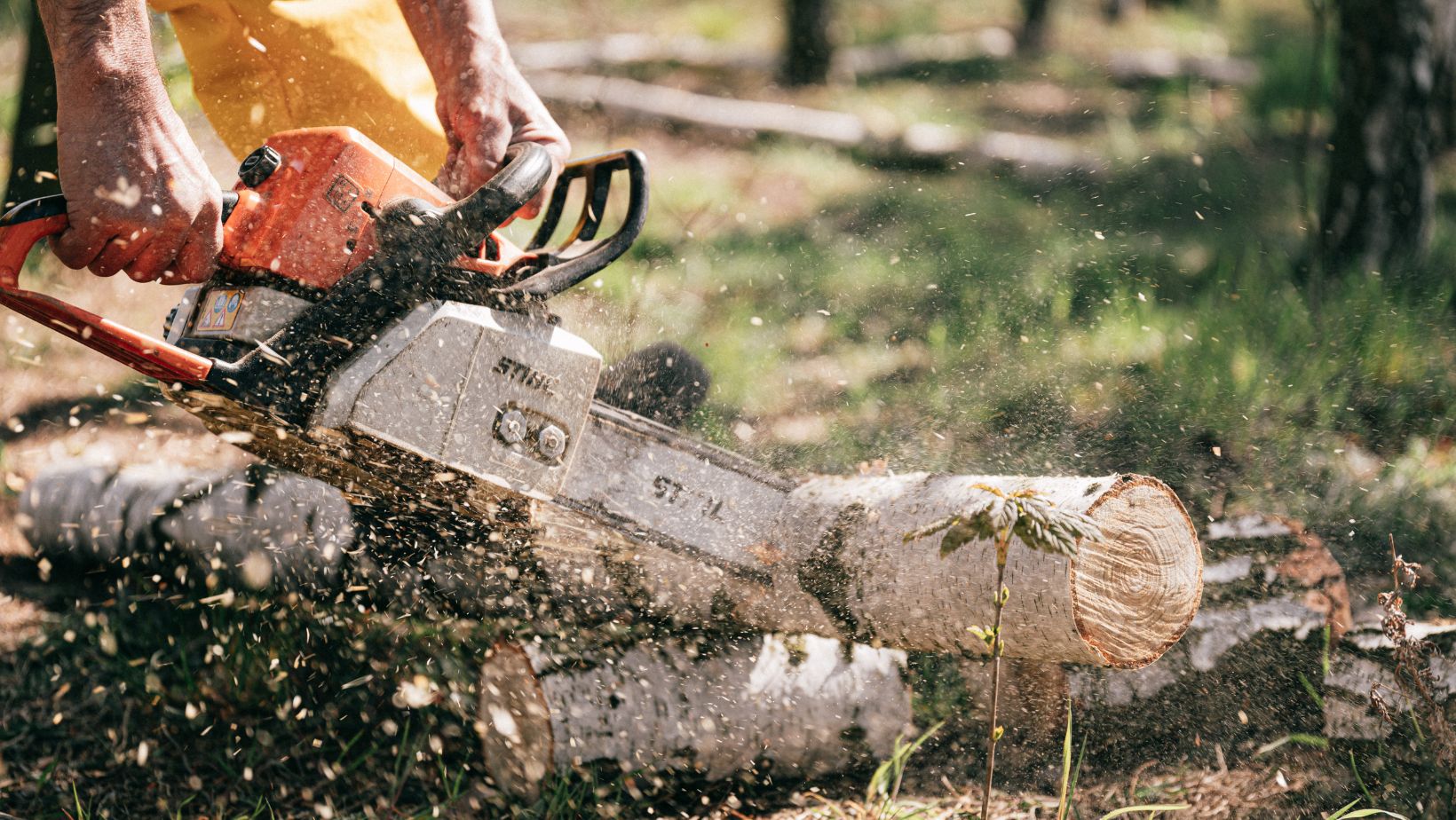When a storm hits, a tree limb drops, or you need to clear out a bit of overgrown bushland, there’s one tool you’ll wish you had ready to go. It’s not a shovel or a rake — it’s the one thing that can turn hours of back-breaking labour into a 15-minute task: the chainsaw. And while many homeowners don’t think twice about keeping one in the shed, those who’ve been caught without it know better. That’s why more Aussies are turning to tools like https://sydneytools.com.au/category/outdoor/chainsaws to be better prepared.
Why a Chainsaw Is More Than a Woodcutter’s Tool
Most people associate chainsaws with cutting down massive trees or being part of a tradie’s toolkit. But the reality is, they’re just as practical for everyday backyard maintenance. If you’ve got trees, hedges, or even thick garden beds, there’s a good chance you’ll eventually need a chainsaw to handle more than your secateurs can. Fallen limbs after a windy day? A chainsaw can clear them before they become a tripping hazard. Want to prep your own firewood to save on heating bills? That’s a weekend job made simple. Even trimming back thicker branches that threaten your roofline or fence becomes a manageable task with the right gear.What Happens When You Don’t Have One Handy
Ask anyone who’s had to clear debris after a big storm with nothing but a handsaw and they’ll tell you — it’s exhausting, inefficient, and time-consuming. Worse still, delaying the job can lead to additional issues, like blocked driveways, damaged gutters, or hazards that pose a risk to pets and kids. Having a chainsaw within reach means you’re ready when those problems pop up. It’s one of those tools you don’t use every day — but when the time comes, nothing else will do.Choosing the Right Chainsaw for Home Use
 If you’re new to chainsaws, you don’t need to jump into the heaviest-duty model out there. In fact, for home use, something compact and lightweight is often the better choice. Look for:
If you’re new to chainsaws, you don’t need to jump into the heaviest-duty model out there. In fact, for home use, something compact and lightweight is often the better choice. Look for:
-
- Ease of handling – ergonomic design matters when working for more than a few minutes.
-
- Power source – petrol is great for bigger jobs, but battery models are cleaner, quieter, and easier to start.
-
- Bar length – for most home tasks, a bar between 14”–18” is more than enough.
-
- Safety features – built-in chain brakes, low kickback bars, and safety triggers are must-haves.



